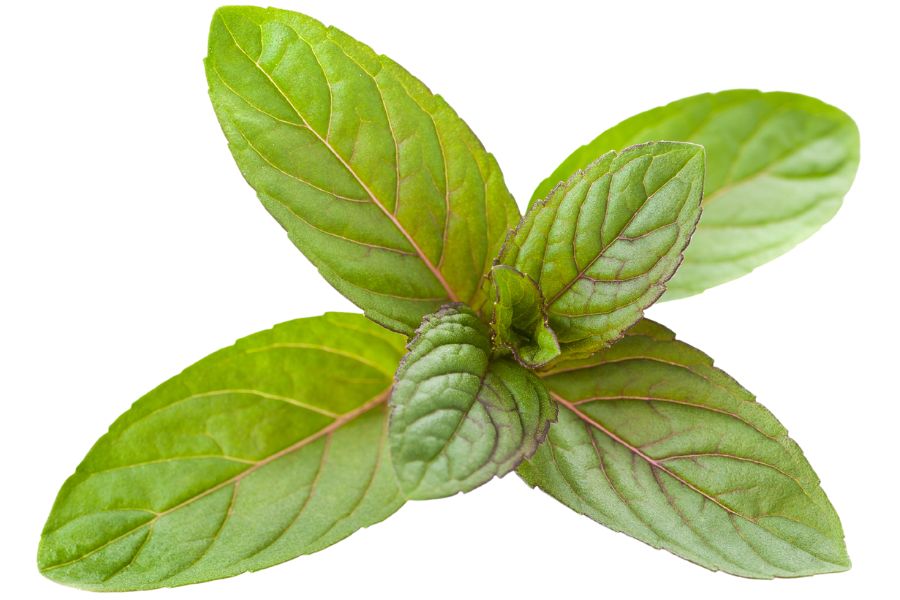New Hampshire’s forests and fields are packed with forageables that go beyond the basics, and some of them are surprisingly valuable.
Morels can be found if you know when and where to look, and wild leeks are prized by chefs far beyond the Northeast. A patch of lowbush blueberries or a flush of black trumpets can make the trip out more than worthwhile.
What makes these finds valuable isn’t just their flavor, though that plays a big part. Their limited season, short shelf life, and demand in specialty markets give them an edge most grocery-store produce can’t match. A handful of species are even sought out by restaurants that rely on foragers to supply what can’t be farmed.
Whether you’re walking along maple groves or scouting near old stone walls, knowing what to look for can make a huge difference. There’s far more growing out there than most people realize.
And if you know which signs to follow, you might come home with an entire basket of edible plants that are hard to find anywhere else.
What We Cover In This Article:
- What Makes Foreageables Valuable
- Foraging Mistakes That Cost You Big Bucks
- The Most Valuable Forageables in the State
- Where to Find Valuable Forageables in the State
- When to Forage for Maximum Value
- The extensive local experience and understanding of our team
- Input from multiple local foragers and foraging groups
- The accessibility of the various locations
- Safety and potential hazards when collecting
- Private and public locations
- A desire to include locations for both experienced foragers and those who are just starting out
Using these weights we think we’ve put together the best list out there for just about any forager to be successful!
A Quick Reminder
Before we get into the specifics about where and how to find these plants and mushrooms, we want to be clear that before ingesting any wild plant or mushroom, it should be identified with 100% certainty as edible by someone qualified and experienced in mushroom and plant identification, such as a professional mycologist or an expert forager. Misidentification can lead to serious illness or death.
All plants and mushrooms have the potential to cause severe adverse reactions in certain individuals, even death. If you are consuming wild foragables, it is crucial to cook them thoroughly and properly and only eat a small portion to test for personal tolerance. Some people may have allergies or sensitivities to specific mushrooms and plants, even if they are considered safe for others.
The information provided in this article is for general informational and educational purposes only. Foraging involves inherent risks.
What Makes Foreageables Valuable
Some wild plants, mushrooms, and natural ingredients can be surprisingly valuable. Whether you’re selling them or using them at home, their worth often comes down to a few key things:
The Scarcer the Plant, the Higher the Demand
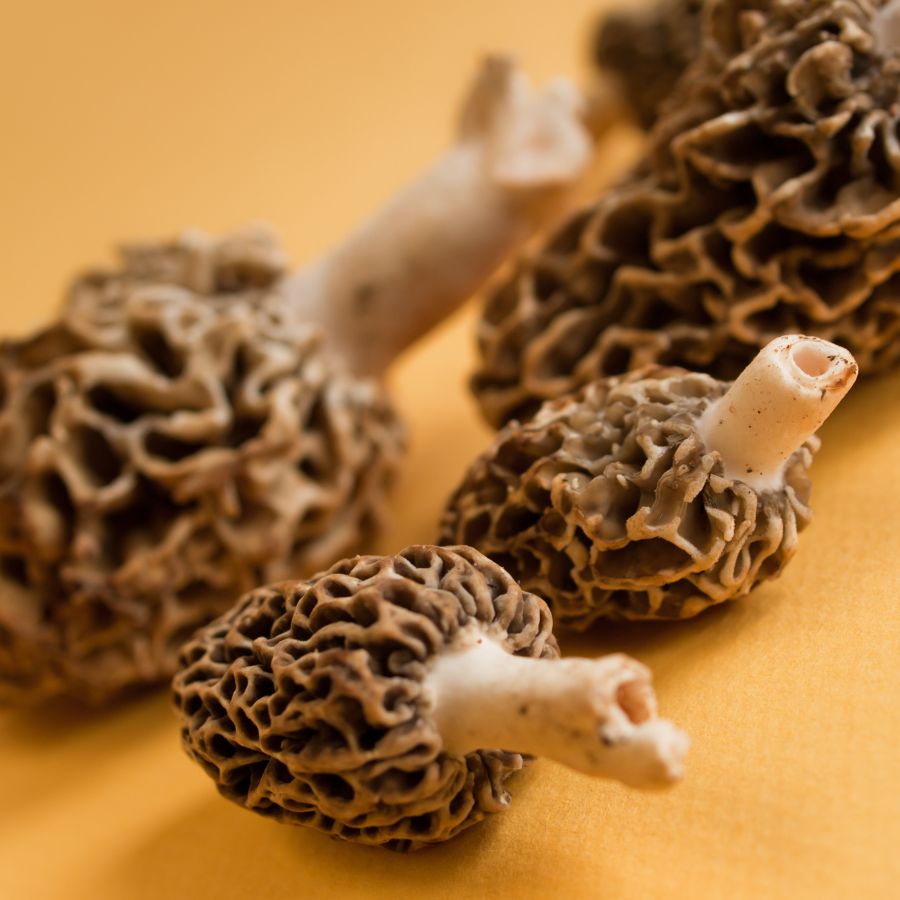
Some valuable forageables only show up for a short time each year, grow in hard-to-reach areas, or are very difficult to cultivate. That kind of rarity makes them harder to find and more expensive to buy.
Morels, truffles, and ramps are all good examples of this. They’re popular, but limited access and short growing seasons mean people are often willing to pay more.
A good seasonal foods guide can help you keep track of when high-value items appear.
High-End Dishes Boost the Value of Ingredients
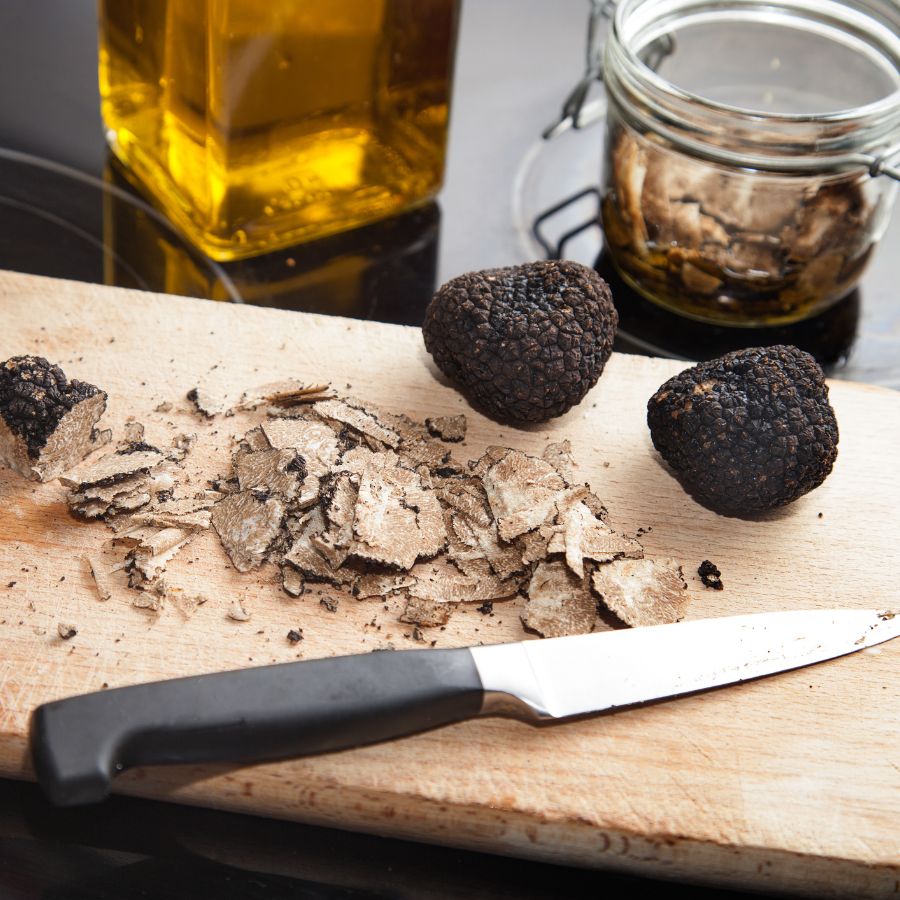
Wild ingredients that are hard to find in stores often catch the attention of chefs and home cooks. When something unique adds flavor or flair to a dish, it quickly becomes more valuable.
Truffles, wild leeks, and edible flowers are prized for how they taste and look on a plate. As more people try to include them in special meals, the demand—and the price—tends to rise.
You’ll find many of these among easy-to-identify wild mushrooms or herbs featured in fine dining.
Medicinal and Practical Uses Drive Forageable Prices Up
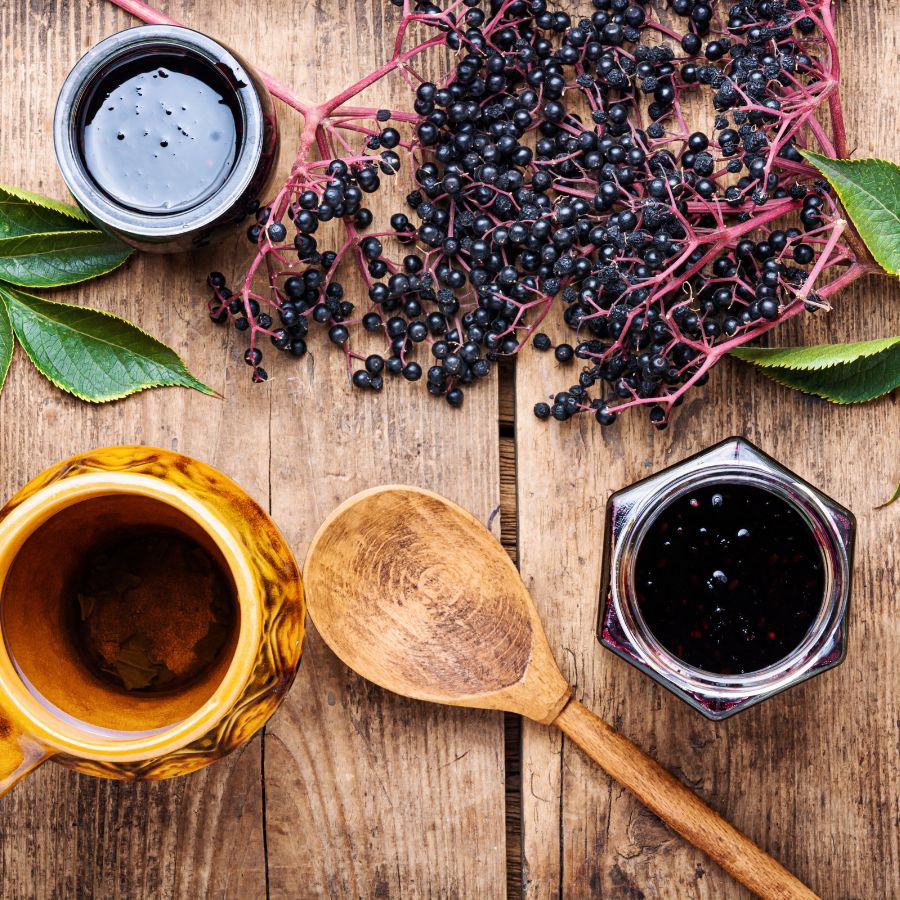
Plants like ginseng, goldenseal, and elderberries are often used in teas, tinctures, and home remedies. Their value comes from how they support wellness and are used repeatedly over time.
These plants are not just ingredients for cooking. Because people turn to them for ongoing use, the demand stays steady and the price stays high.
The More Work It Takes to Harvest, the More It’s Worth
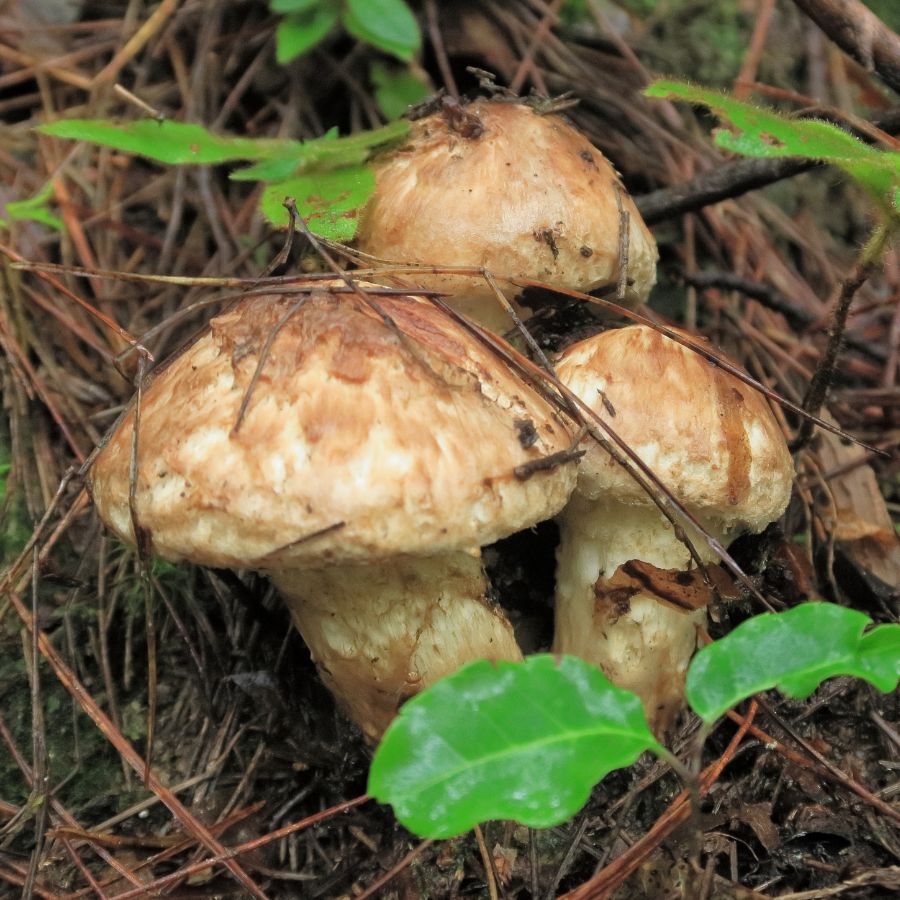
Forageables that are hard to reach or tricky to harvest often end up being more valuable. Some grow in dense forests, need careful digging, or have to be cleaned and prepared before use.
Matsutake mushrooms are a good example, because they grow in specific forest conditions and are hard to spot under layers of leaf litter. Wild ginger and black walnuts, meanwhile, both require extra steps for cleaning and preparation before they can be used or sold.
All of that takes time, effort, and experience. When something takes real work to gather safely, buyers are usually willing to pay more for it.
Foods That Keep Well Are More Valuable to Buyers
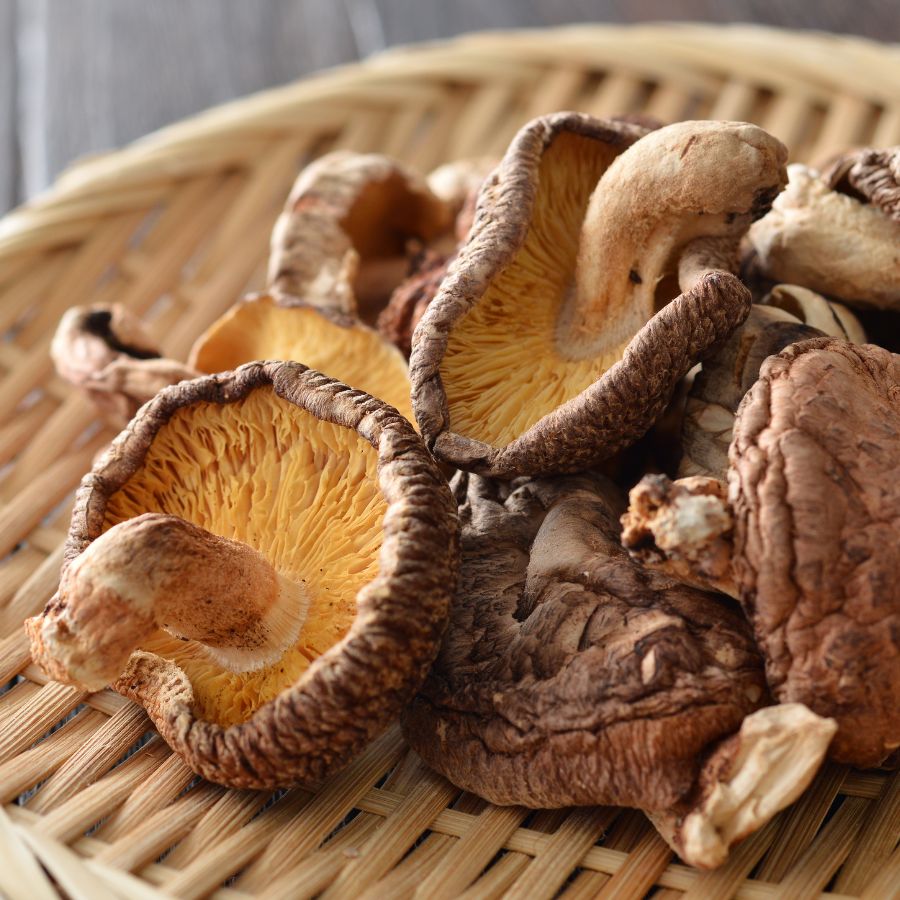
Some forageables, like dried morels or elderberries, can be stored for months without losing their value. These longer-lasting items are easier to sell and often bring in more money over time.
Others, like wild greens or edible flowers, have a short shelf life and need to be used quickly. Many easy-to-identify wild greens and herbs are best when fresh, but can be dried or preserved to extend their usefulness.
A Quick Reminder
Before we get into the specifics about where and how to find these mushrooms, we want to be clear that before ingesting any wild mushroom, it should be identified with 100% certainty as edible by someone qualified and experienced in mushroom identification, such as a professional mycologist or an expert forager. Misidentification of mushrooms can lead to serious illness or death.
All mushrooms have the potential to cause severe adverse reactions in certain individuals, even death. If you are consuming mushrooms, it is crucial to cook them thoroughly and properly and only eat a small portion to test for personal tolerance. Some people may have allergies or sensitivities to specific mushrooms, even if they are considered safe for others.
The information provided in this article is for general informational and educational purposes only. Foraging for wild mushrooms involves inherent risks.
Foraging Mistakes That Cost You Big Bucks
When you’re foraging for high-value plants, mushrooms, or other wild ingredients, every decision matters. Whether you’re selling at a farmers market or stocking your own pantry, simple mistakes can make your harvest less valuable or even completely worthless.
Harvesting at the Wrong Time
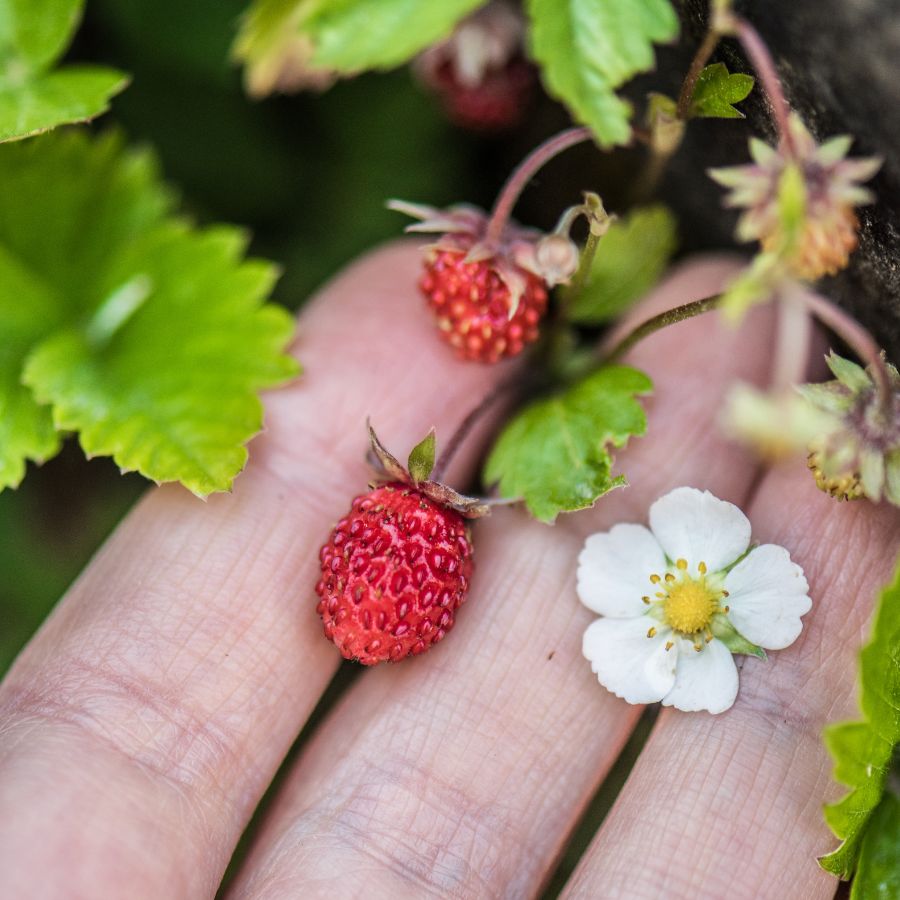
Harvesting at the wrong time can turn a valuable find into something no one wants. Plants and mushrooms have a short window when they’re at their best, and missing it means losing quality.
Morels, for example, shrink and dry out quickly once they mature, which lowers their weight and price. Overripe berries bruise in the basket and spoil fast, making them hard to store or sell.
Improper Handling After Harvest
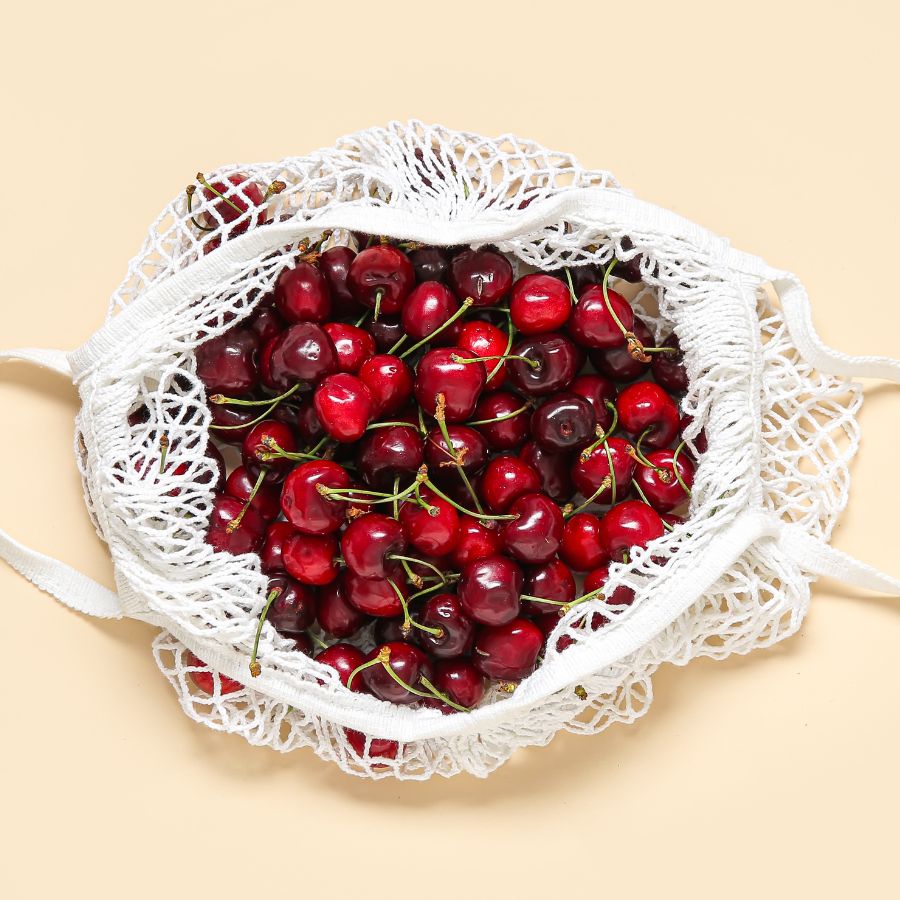
Rough handling can ruin even the most valuable forageables. Crushed mushrooms, wilted greens, and dirty roots lose both their appeal and their price.
Use baskets or mesh bags to keep things from getting smashed and let air circulate. Keeping everything cool and clean helps your harvest stay fresh and look better for longer.
This is especially important for delicate items like wild roots and tubers that need to stay clean and intact.
Skipping Processing Steps
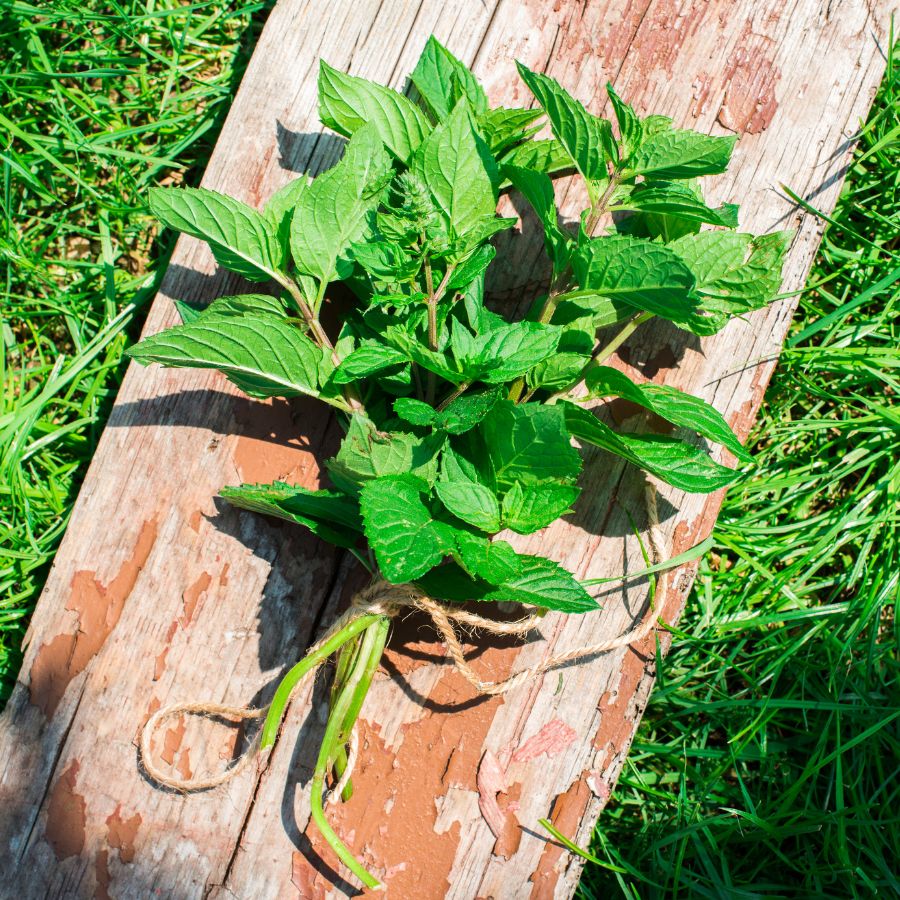
Skipping basic processing steps can cost you money. A raw harvest may look messy, spoil faster, or be harder to use.
For example, chaga is much more valuable when dried and cut properly. Herbs like wild mint or nettle often sell better when bundled neatly or partially dried. If you skip these steps, you may end up with something that looks unappealing or spoils quickly.
Collecting from the Wrong Area
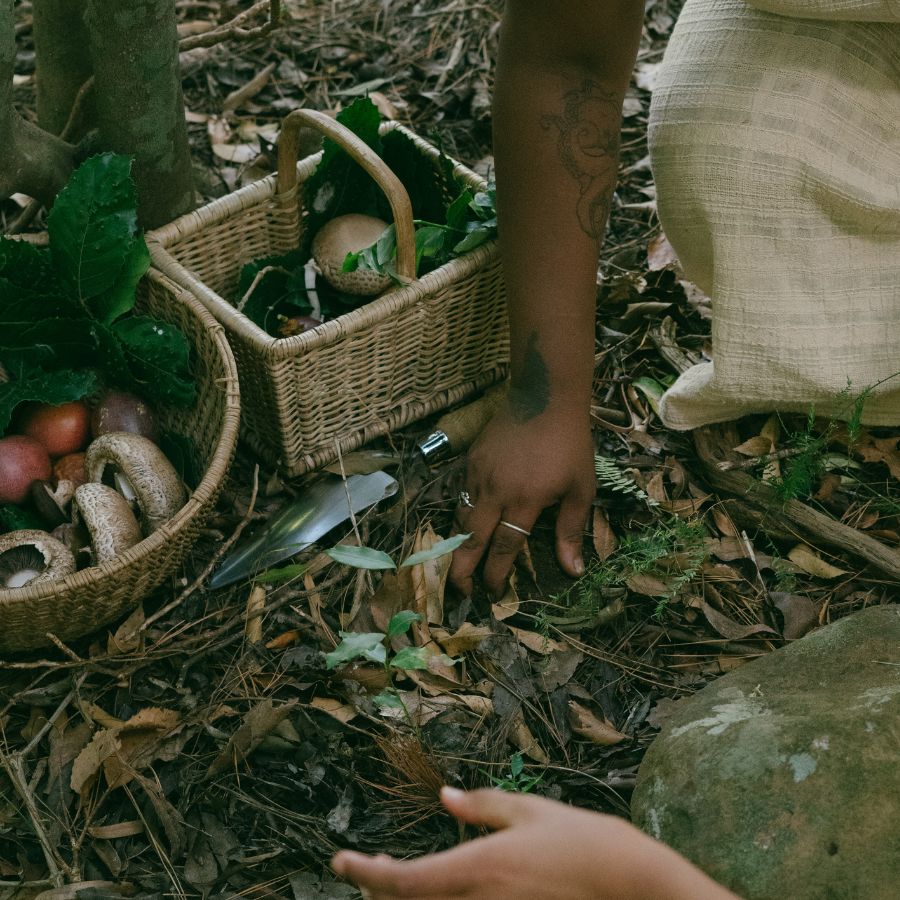
Harvesting in the wrong place can ruin a good find. Plants and mushrooms pulled from roadsides or polluted ground may be unsafe, no matter how fresh they look.
Buyers want to know their food comes from clean, responsible sources. If a spot is known for overharvesting or damage, it can make the whole batch less appealing.
These suburbia foraging tips can help you find overlooked spots that are surprisingly safe and productive.
Not Knowing the Market
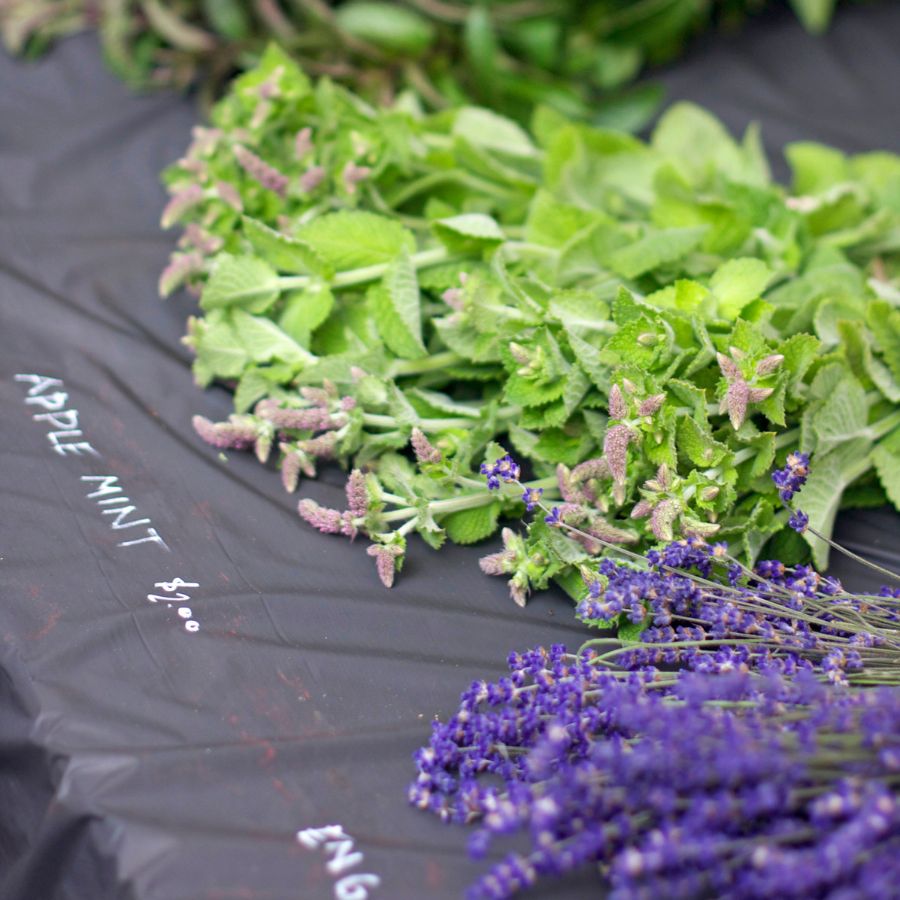
A rare plant isn’t valuable if nobody wants to buy it. If you gather in-demand species like wild ramps or black trumpets, you’re more likely to make a profit. Pay attention to what chefs, herbalists, or vendors are actually looking for.
Foraging with no plan leads to wasted effort and unsold stock. Keeping up with demand helps you bring home a profit instead of a pile of leftovers.
You can also brush up on foraging for survival strategies to identify the most versatile and useful wild foods.
Before you head out
Before embarking on any foraging activities, it is essential to understand and follow local laws and guidelines. Always confirm that you have permission to access any land and obtain permission from landowners if you are foraging on private property. Trespassing or foraging without permission is illegal and disrespectful.
For public lands, familiarize yourself with the foraging regulations, as some areas may restrict or prohibit the collection of mushrooms or other wild foods. These regulations and laws are frequently changing so always verify them before heading out to hunt. What we have listed below may be out of date and inaccurate as a result.
The Most Valuable Forageables in the State
Some of the most sought-after wild plants and fungi here can be surprisingly valuable. Whether you’re foraging for profit or personal use, these are the ones worth paying attention to:
Lowbush Blueberry (Vaccinium angustifolium)
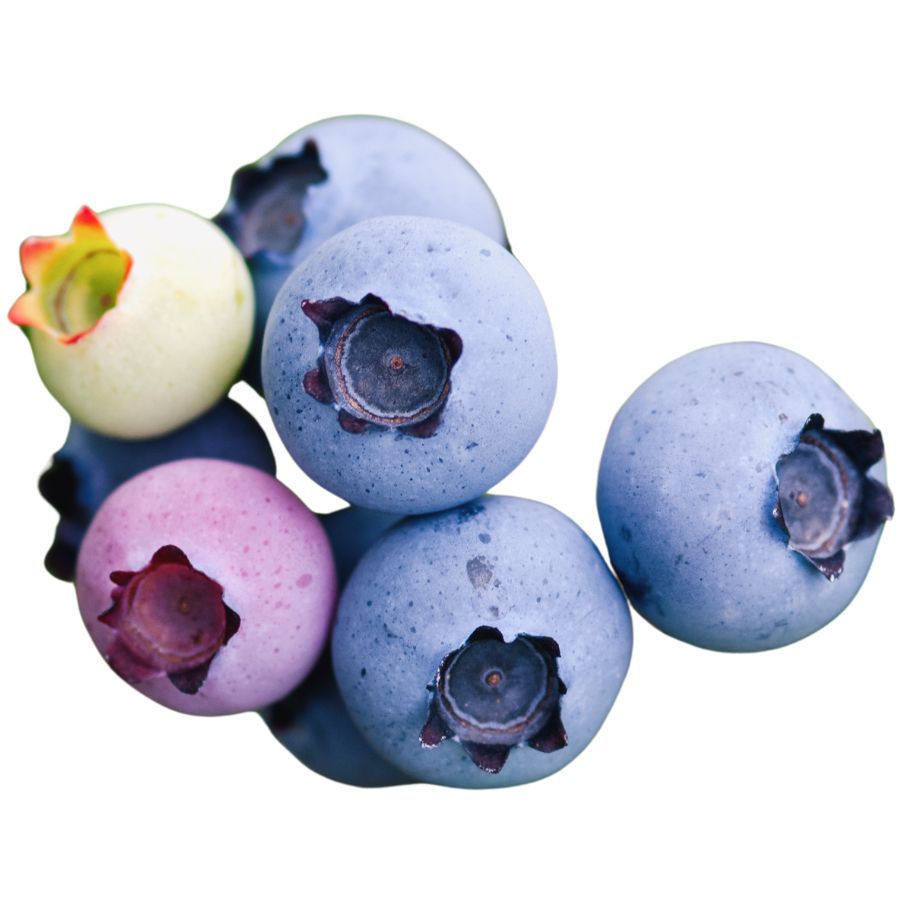
The lowbush blueberry, also called the wild blueberry, grows close to the ground and produces small, deep-blue fruits that are packed with flavor. Its leaves are narrow and finely toothed, and the plant spreads in dense mats across sandy or rocky soil.
People often confuse lowbush blueberry with black huckleberry, but huckleberries have larger seeds and a different leaf shape. The stems of huckleberry are also more resinous and rough, which helps tell them apart.
You can eat the berries raw, bake them into muffins or pies, or boil them down into jam. The skin is thin, the flesh is juicy, and the flavor is both tart and sweet.
Lowbush blueberries are prized for their strong flavor and high antioxidant content, which makes them popular in high-end health food products. Fresh berries can sell for several dollars per pound, and even more when processed into specialty goods.
Peppermint (Mentha × piperita)
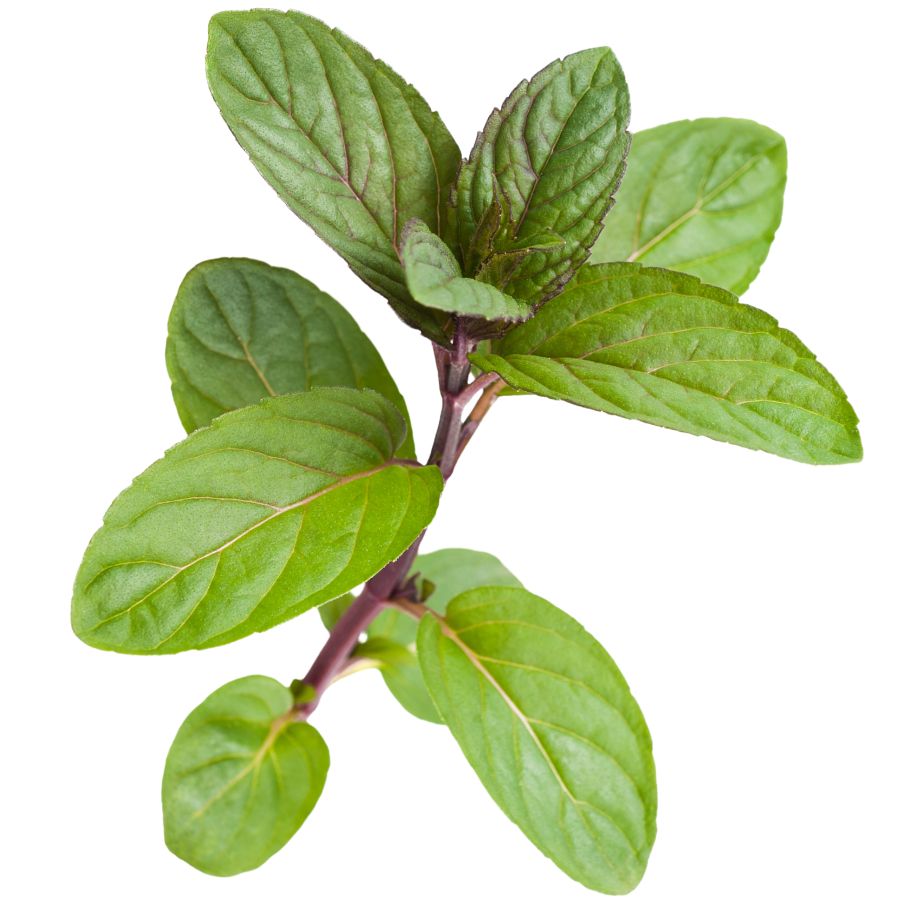
Peppermint grows in dense clusters with square stems, pointed leaves, and a sharp, cooling scent that gives it away immediately. You can use the leaves and stems in teas, syrups, candies, or even chop them into sauces for a fresh kick.
The flavor is strong, cool, and slightly sweet, with a tender but fibrous texture if eaten raw. Spearmint looks similar but has a milder taste and smoother leaf edges, which helps you tell them apart.
People value peppermint for its concentrated oils, especially in commercial food and beverage production. High-quality dried peppermint can sell for several dollars per ounce in bulk markets.
The flowers aren’t usually eaten, and the stems can get too tough when mature, so most foragers focus on the younger leafy tops. Too much raw peppermint might cause stomach upset, especially in sensitive individuals.
Black Trumpet (Craterellus fallax)
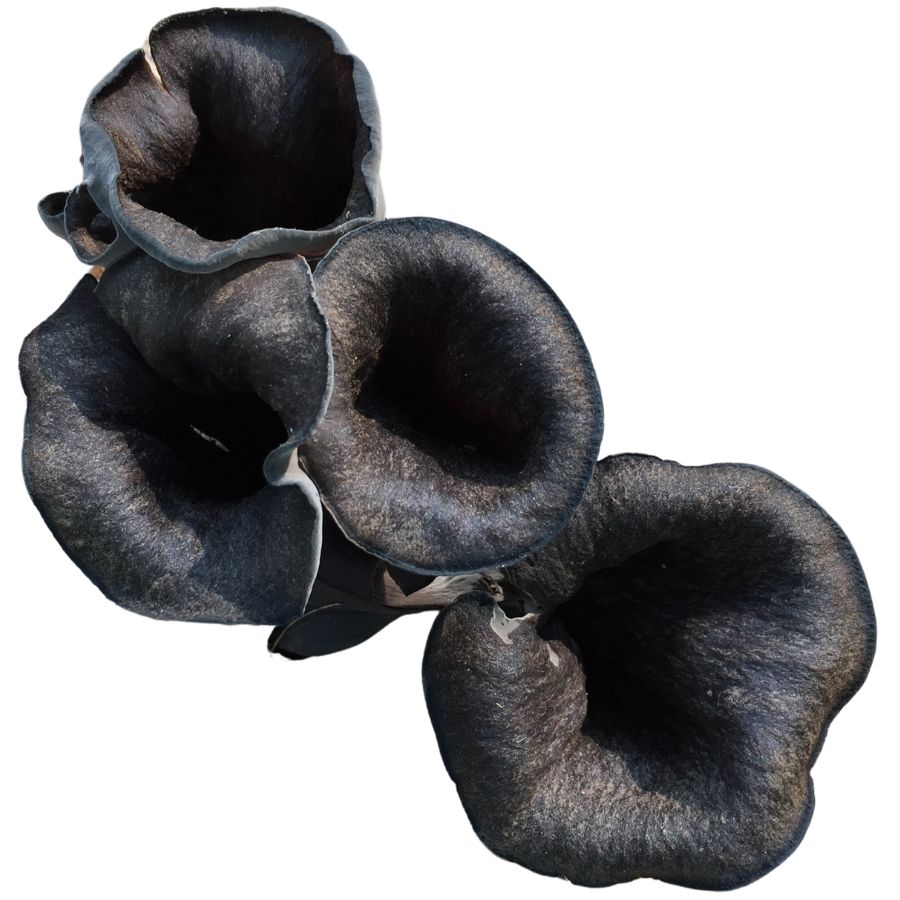
Black trumpet mushrooms have a thin, funnel-shaped body that ranges from deep gray to charcoal black, often with a wrinkled or wavy texture. They grow hollow from stem to top, with smooth undersides instead of gills.
The entire fruiting body is edible, and it cooks down quickly, releasing a deep, smoky aroma. Their texture is tender and slightly chewy, making them a favorite in risottos, cream sauces, or simply sautéed with butter.
One of the biggest dangers comes from confusing black trumpets with inedible cup fungi, which are often thicker and lack the delicate, papery walls. Another lookalike, devil’s urn, appears earlier in the season and has a more rigid, vase-like shape.
Black trumpets dry exceptionally well and retain their flavor for months, which boosts their market price. In the right places, they can sell for $30 to $50 per pound when dried, making them highly sought after by chefs and foragers alike.
White Pine (Pinus strobus)
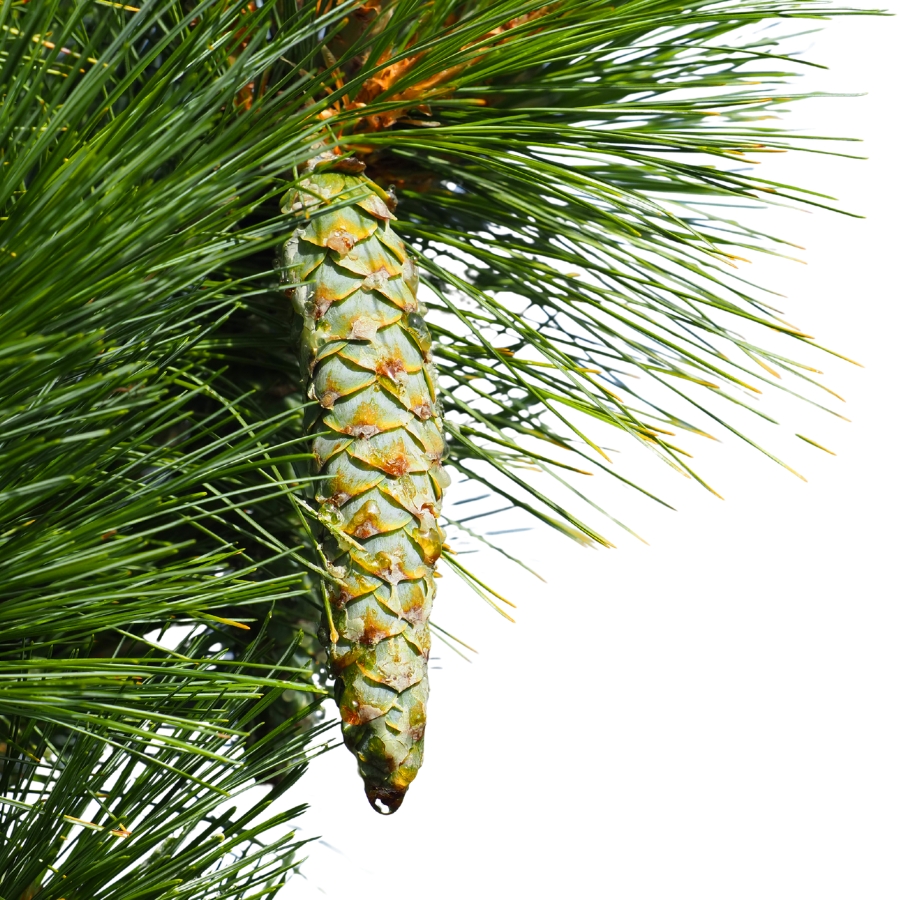
The long, flexible needles of white pine grow in bundles of five and give off a subtle, resinous scent when crushed. You can steep the needles to make a tea that’s high in vitamin C and has a crisp, slightly citrusy flavor.
Its inner bark is edible too, though the texture is chewy and it’s usually dried or ground into flour rather than eaten raw. Don’t confuse it with red pine, which has needles in pairs and a harsher taste when brewed.
The young male cones are sometimes chewed for their mild piney flavor, but they’re not commonly used in recipes. Older cones and resin should be avoided, as they can be tough on your stomach.
White pine isn’t a high-dollar edible, but its nutritional value and survival uses make it popular among foragers. The needles are the most commonly harvested part, especially for their health benefits and mild, pleasant taste.
American Plum (Prunus americana)
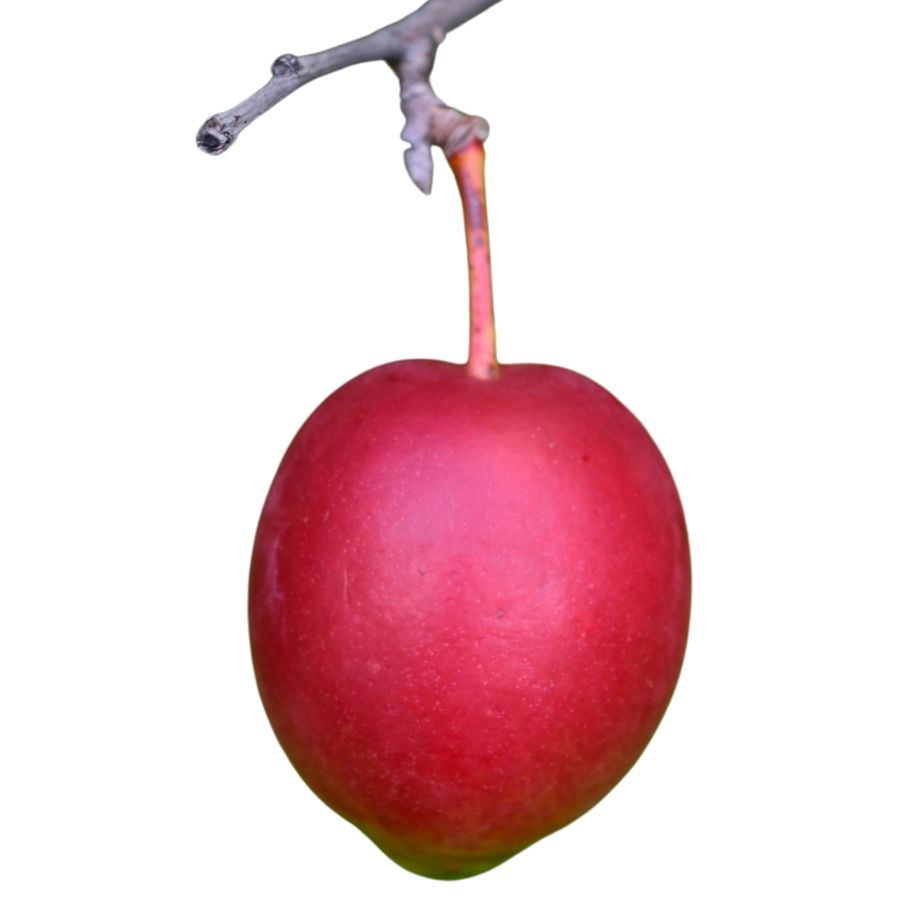
American plums grow on small trees and produce fruit that ranges from deep red to bluish-purple with a waxy coating. The skin is tart and a little astringent, but the flesh inside is sweet, soft, and juicy when fully ripe.
You can eat the fruit fresh, but it’s more often cooked down into jelly, jam, or syrup. The pits are not edible and should always be discarded.
Some cherry species grow in similar clusters, but cherries tend to be smaller, rounder, and darker with smoother bark. American plum leaves also have a rough texture that helps separate them from other lookalikes.
These plums are valuable in small markets, especially when turned into preserves or wine. Individual trees can yield a good harvest, but the fruit is delicate and doesn’t store long.
Lion’s Mane (Hericium erinaceus)
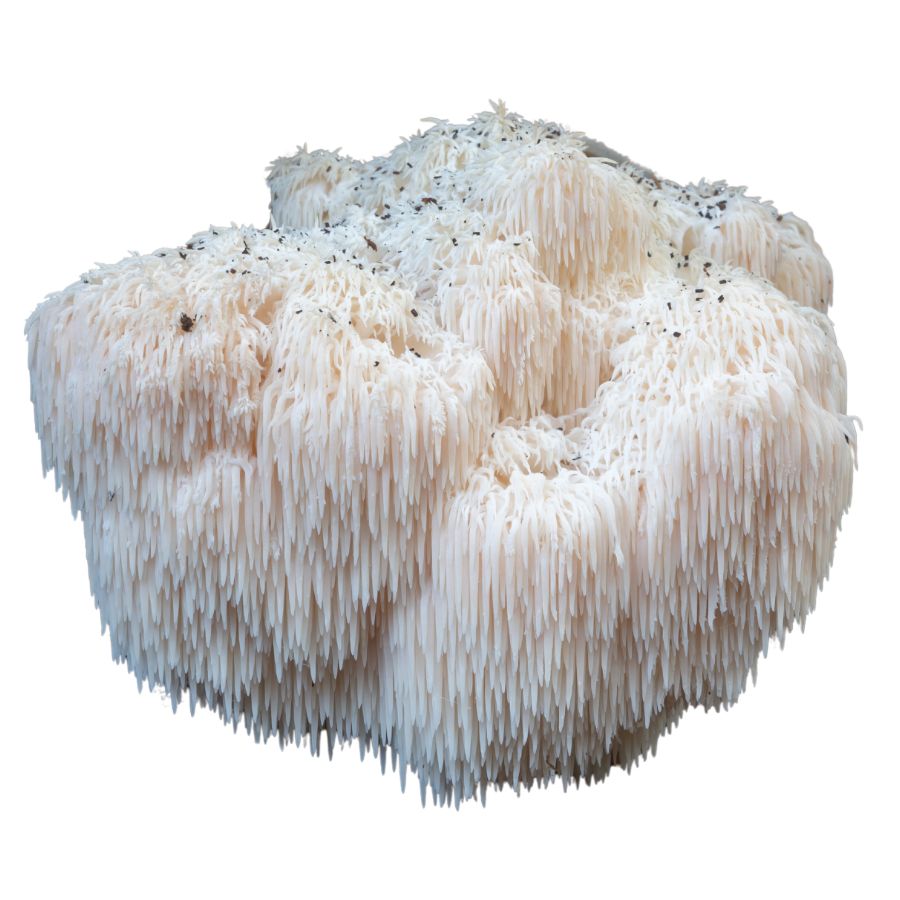
Lion’s mane mushrooms grow in white, shaggy clusters that hang like icicles from hardwood trees. The entire fruiting body is edible and has a soft, meaty texture that’s often compared to crab or lobster.
People value lion’s mane not just for the flavor but for how well it soaks up sauces in stir-fries, soups, or even pan-seared dishes. It’s usually sliced and cooked fresh, though it can be dried and rehydrated without losing much texture.
While it doesn’t have many dangerous lookalikes, some species of toothed fungi like bear’s head or comb tooth can resemble it. Those are also edible, but if a mushroom is discolored, mushy, or growing from the ground instead of wood, skip it.
Fresh lion’s mane sells for a high price at gourmet markets and restaurants because of its short shelf life and culinary demand. Its chewy bite and slightly sweet, nutty taste make it a favorite among chefs and home cooks alike.
Lamb’s Quarters (Chenopodium album)
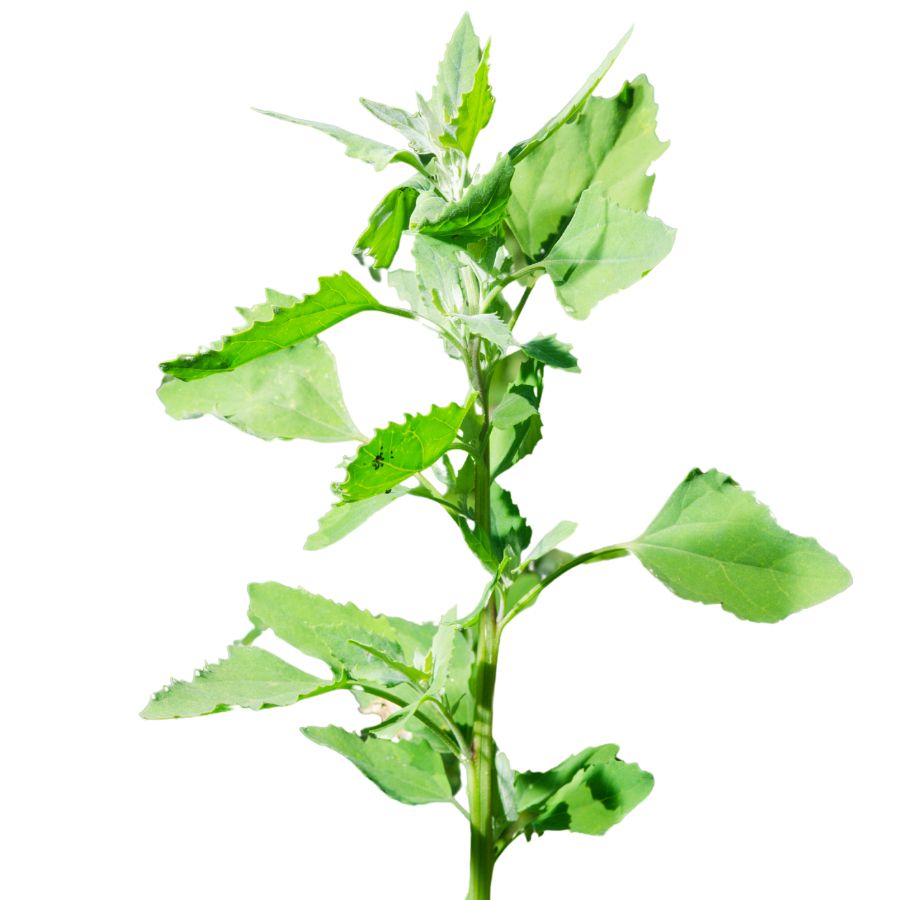
Lamb’s quarters, or wild spinach, is a common backyard plant with diamond-shaped leaves that often look like they’ve been dusted with flour. That powdery texture is one of the simplest ways to tell it apart from toxic plants that have smoother or glossier leaves.
The younger leaves have a mild taste and soft texture, making them popular in stir-fries and pestos. Most people harvest the leaves and tender tops, but the tiny seeds are also usable if properly prepared.
Some plants that resemble lamb’s quarters, like young pokeweed, are not safe to eat and have very different stem coloration. Lamb’s quarters typically has green to purplish stems and no berries.
Because of how nutritious and versatile it is, the plant has been gathered for centuries across many cultures. It’s not a high-ticket item, but it does show up in specialty food markets and foraged meal boxes.
Beech Nut (Fagus grandifolia)
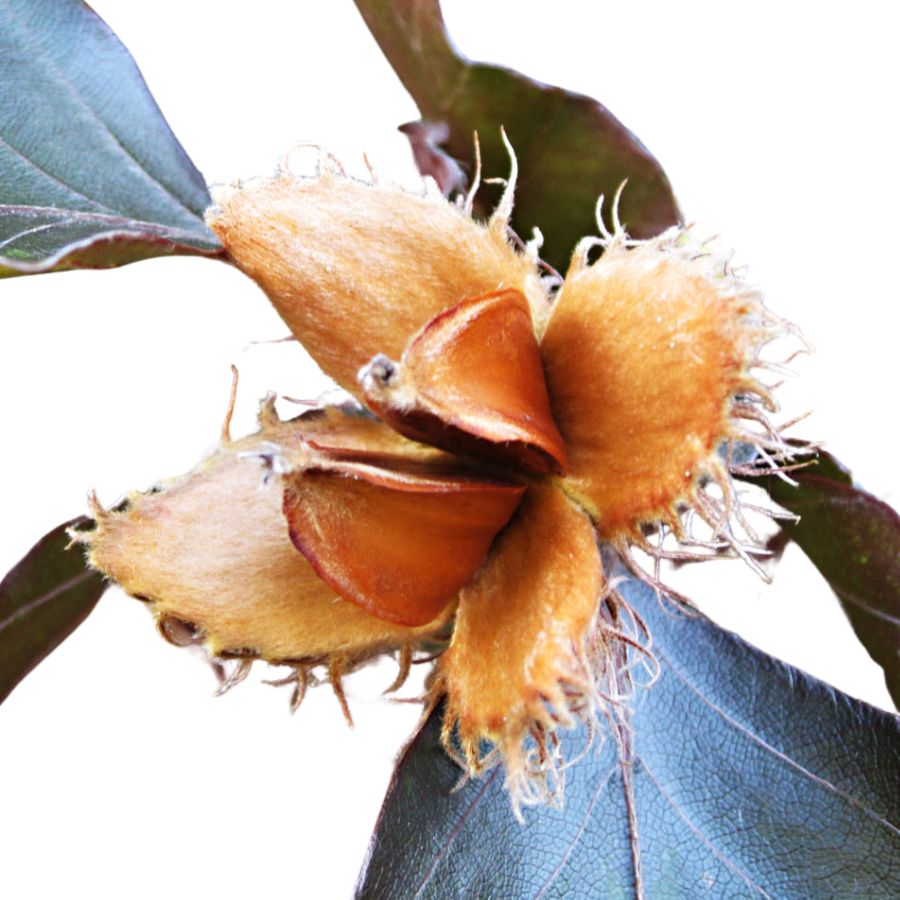
The beech nut is the edible seed of the American beech tree, housed in a bristly husk that splits open to reveal two small, brown nuts. When roasted, the flavor deepens and takes on a nutty richness, almost like mild hazelnut.
You can eat the kernel, but the outer shell should be removed first and raw consumption should be limited due to natural tannins. People usually roast them or grind them into meal to mix with flour.
Chestnut lookalikes have a more rounded, less angular shape and smoother husks, while beech nuts are sharply triangular and sit in spined burrs. That texture is a helpful clue when gathering them.
They’re not commercially valuable because the yield per tree is low and the nuts are tiny, but they’re prized in foraging circles for their flavor and dense nutrition. They contain good amounts of fat and protein, which also makes them useful for wildcraft baking and trail food.
Staghorn Sumac (Rhus typhina)
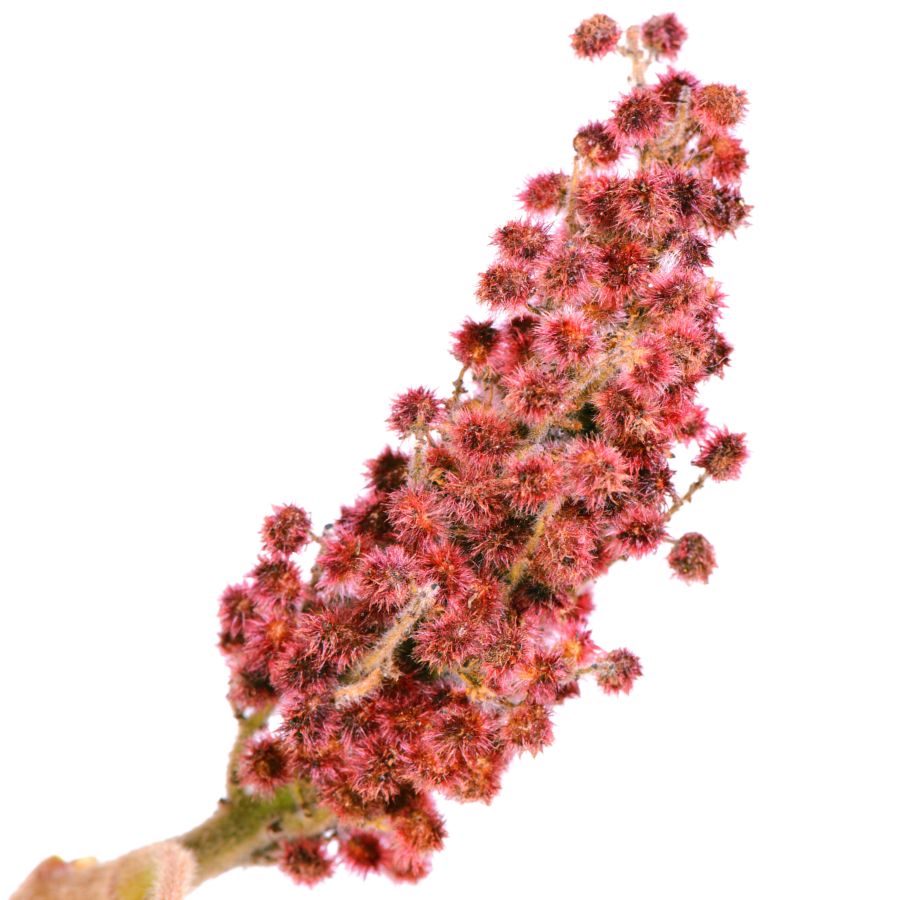
Staghorn sumac produces bright red berry clusters that grow upright and are covered in fine hairs. These berries are soaked in water to extract their tart, citrus-like flavor and then strained to make sumac-ade.
Each fruit cluster contains tiny drupes that are dry to the touch but packed with sour-tasting compounds on the outside. Don’t try to chew them raw since they’re full of hard seeds and not meant to be eaten whole.
Avoid confusing staghorn sumac with poison sumac, which has smooth stems and grows drooping white berries in wet areas. Even though the names sound similar, their habitats and berry color help tell them apart.
Ground sumac made from these berries can sell for several dollars an ounce as a tangy seasoning. It’s especially popular among chefs looking to add brightness without using lemon juice.
Jerusalem Artichoke (Helianthus tuberosus)
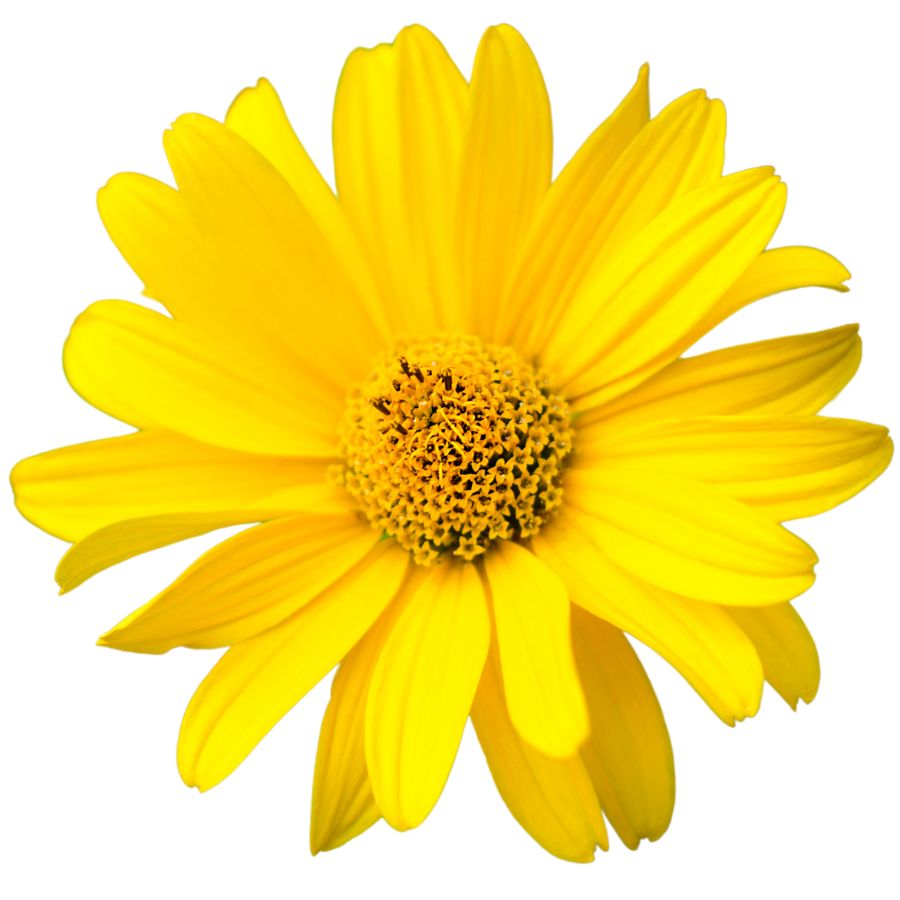
The Jerusalem artichoke is a sunflower relative that grows tall with bright yellow blooms and knobby, potato-like tubers underground. Its underground part is what you eat, while the stems, leaves, and flowers are best left alone.
What makes the tubers interesting is their crisp texture when raw and a nutty, slightly sweet flavor when cooked. They’re often roasted, pureed into soups, or sliced thin for chips.
Some wild sunflowers can look similar, but they don’t form the same type of tubers. If you’re not digging up a bumpy, tan root shaped like ginger, you’re not looking at the right plant.
People value Jerusalem artichokes for their culinary versatility and as a low-starch alternative to potatoes. They sell for a decent price at specialty grocers and farmers markets, especially when freshly dug.
Wild Strawberry (Fragaria virginiana)
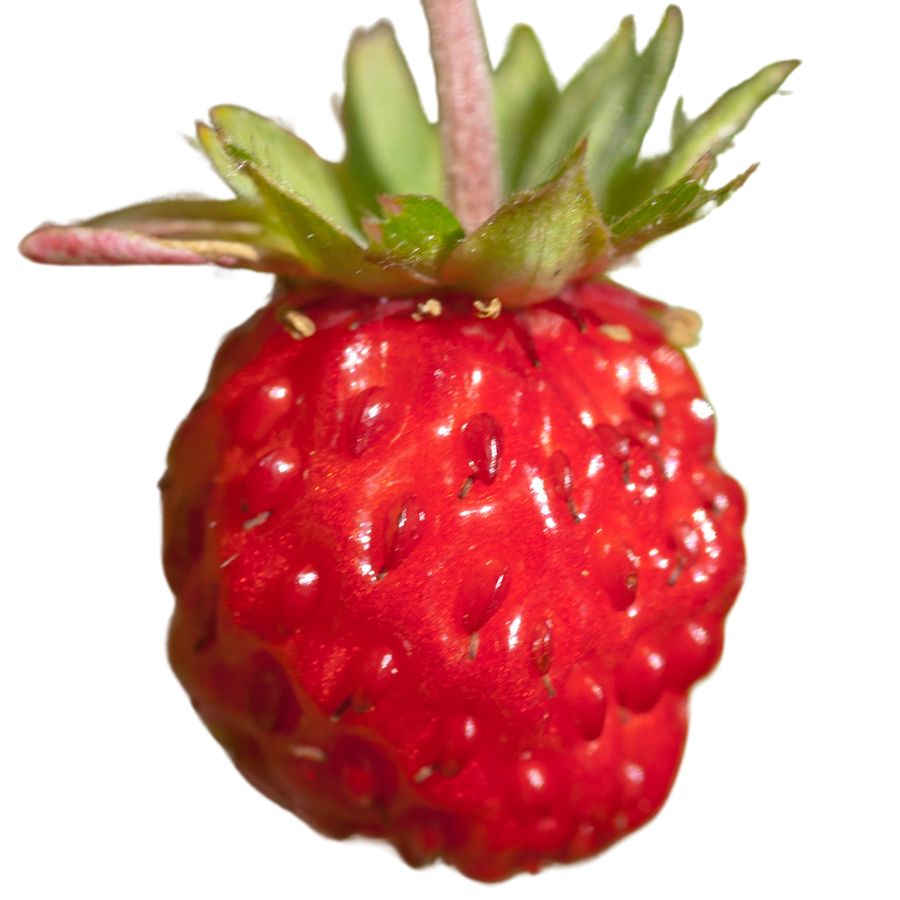
The wild strawberry has five-petaled white flowers and small red fruits that grow close to the ground on thin runners. Its toothed leaves grow in groups of three and are often mistaken for similar-looking plants like mock strawberry, which has yellow flowers and bland, dry fruit.
You can eat the ripe fruit, which has a sweet, concentrated strawberry flavor with a soft, juicy texture. Some people dry or freeze the berries, while others mash them into jam or cook them down into syrup.
The leaves and stems aren’t toxic, but they aren’t typically eaten either. Only the fruit is considered edible and worth harvesting.
Wild strawberries have limited commercial value because they’re small and delicate, but their taste is considered better than many store-bought varieties. That makes them popular in niche markets like gourmet preserves and foraged produce boxes.
Black Raspberry (Rubus occidentalis)
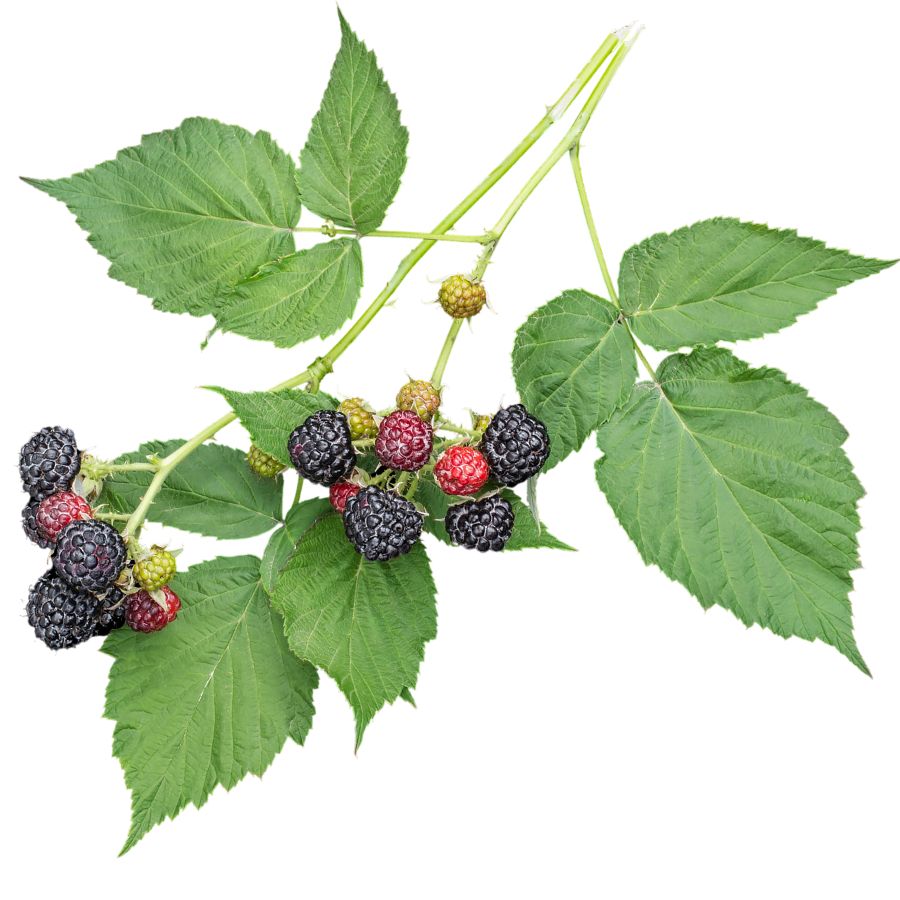
Black raspberries grow on arching canes and look like small, hollow black domes when picked. Unlike red raspberries, the canes have a whitish, waxy coating and the fruits have a slightly firmer texture.
The berries are juicy, sweet with a hint of tartness, and are often used in syrups, jams, and desserts. Their deep color comes from high anthocyanin content, which also makes them valuable for health supplements.
Only the berries are edible; the leaves and stems aren’t typically consumed and offer no culinary use. Watch out for blackberries and unripe red raspberries, which can look similar at a glance but don’t detach cleanly from the core like black raspberries do.
Wild-harvested black raspberries can sell for over $20 per pound due to their short shelf life and high demand from chefs and jam makers. If you’re foraging, wear gloves—those curved thorns can be a hassle.
Wild Leek (Allium tricoccum)
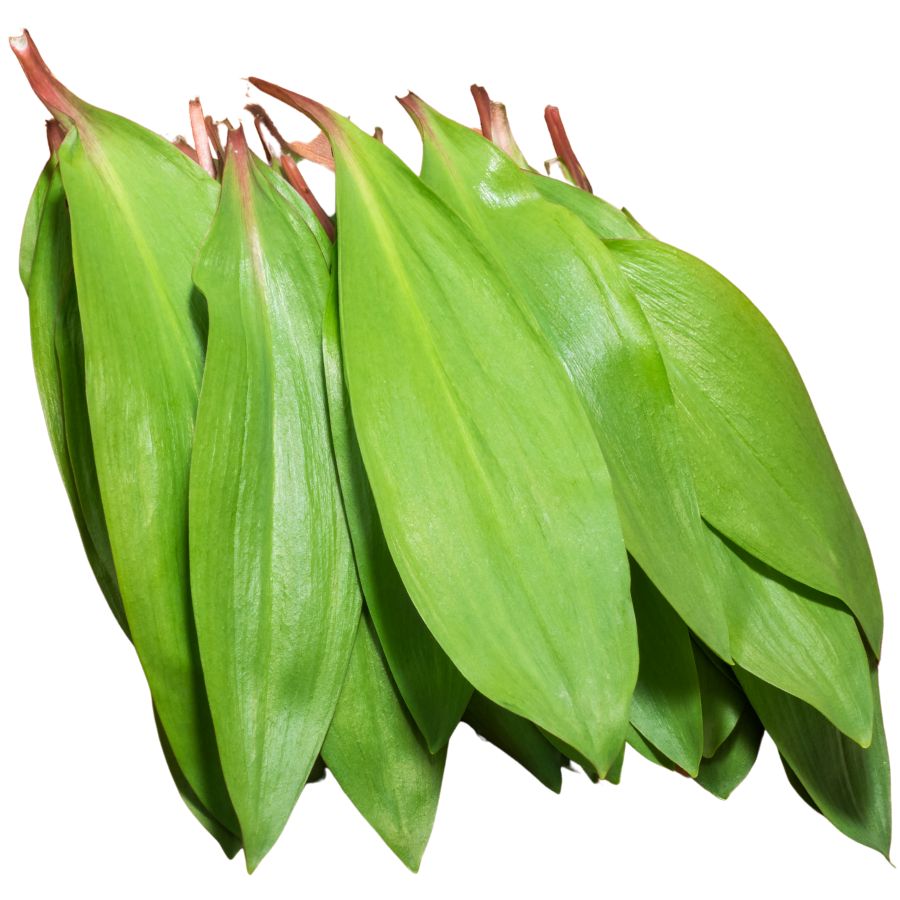
Ramps, often called wild garlic or wild leeks, are a flavorful edible plant prized by chefs and foragers alike. The plant has two or three wide green leaves, a reddish lower stem, and a white bulb with a strong onion-garlic aroma.
Toxic lookalikes like lily of the valley can confuse inexperienced foragers, but ramps always smell distinctly like onion when the leaves are torn. That scent is the easiest and most reliable clue for identification.
Cooks love using ramps in simple sautés, potato dishes, or blended into compound butters. The texture is soft and silky when cooked, while the raw bulbs offer a strong bite.
Their popularity in high-end cooking has made them one of the most expensive wild greens sold in markets. Because entire plants are often pulled for their bulbs, overharvesting has made sustainably gathered ramps even more valuable.
Morel (Morchella americana)
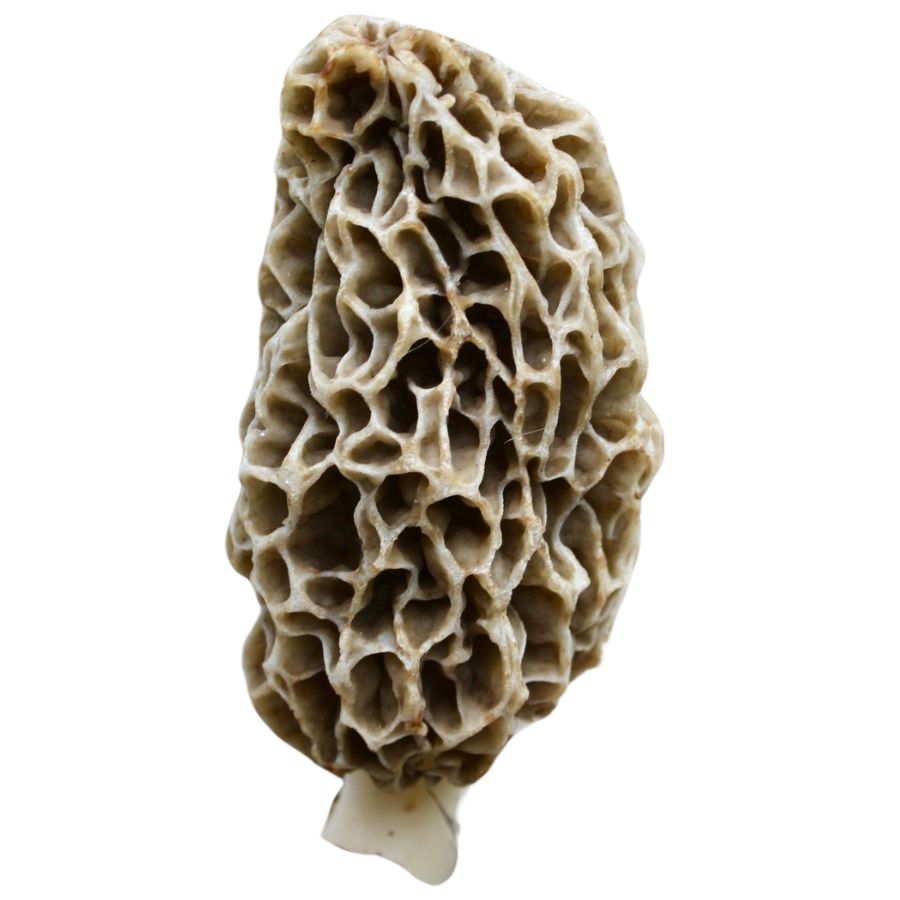
Morel mushrooms have a honeycomb-like surface with deep pits and ridges. The cap is fully attached to the stem, which helps set them apart from dangerous lookalikes like false morels that often have wrinkled, lobed caps and loose or cottony interiors.
The rich, nutty flavor and slightly chewy texture make morels a favorite in high-end kitchens. Many people sauté them in butter, stuff them, or dry them for later use because they hold their flavor extremely well.
Always cook morels thoroughly because raw ones can cause stomach upset, even when they look perfectly normal.
Morels are highly prized by chefs and home cooks, sometimes selling for over $50 per pound fresh and even more when dried.
Part of what makes morels so valuable is how hard they are to cultivate and find. They often grow in specific, unpredictable places, and their short harvesting window drives up both the demand and the price.
Chanterelle (Cantharellus cibarius)
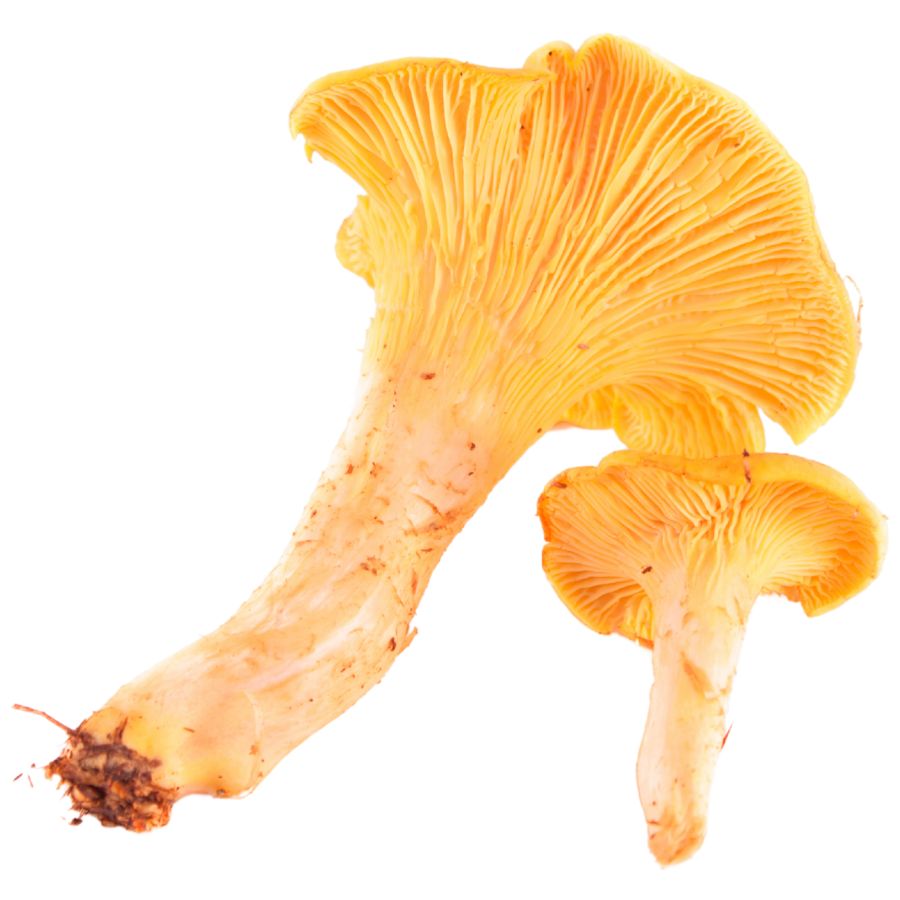
Golden chanterelles, also called egg mushrooms or girolles, are funnel-shaped and usually a bright yellow-orange with false gills that appear as deep, forked wrinkles. They have a fruity smell, almost like apricots, and a dense, meaty texture when cooked.
The part you want is the whole cap and stem, both of which soften nicely in butter or cream-based dishes. Their flavor is rich and peppery, which makes them popular in risottos, sautés, and soups.
A common lookalike is the jack-o’-lantern mushroom, which glows faintly in the dark and has true gills instead of shallow ridges. That one will give you stomach cramps, so pay close attention to the gill structure and color.
Fresh chanterelles can sell for over $20 per pound at farmers markets and restaurants, especially when demand is high. Their shelf life is short, but you can extend it by drying or pickling them soon after harvest.
Ostrich Fern Fiddleheads (Matteuccia struthiopteris)
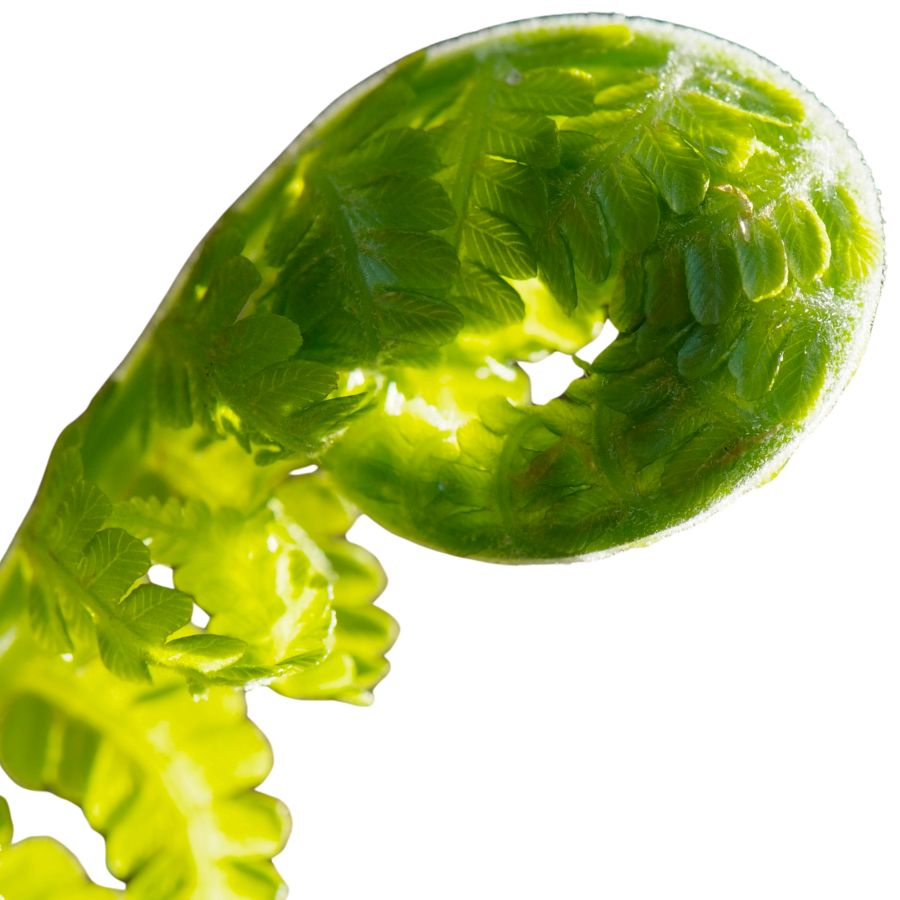
Ostrich fern fiddleheads, also referred to as fiddlehead greens or shuttlecock ferns, grow in tight green spirals that are eaten while still curled. Only the young shoots are edible and the rest of the plant should be left alone.
People often compare the flavor to a mix of spinach and asparagus, and the texture stays firm when cooked properly. The most common way to prepare them is by boiling or steaming, followed by a quick pan-fry.
These ferns are especially valuable to foragers and farmers’ markets because of how sought after they are in spring produce sales. A pound of fresh fiddleheads can sell for twenty dollars or more.
Lookalikes include bracken and lady fern, which can be toxic or cause digestive problems. Ostrich ferns have smooth green stalks and no fuzzy coating, unlike many of their less-safe counterparts.
Maitake (Grifola frondosa)
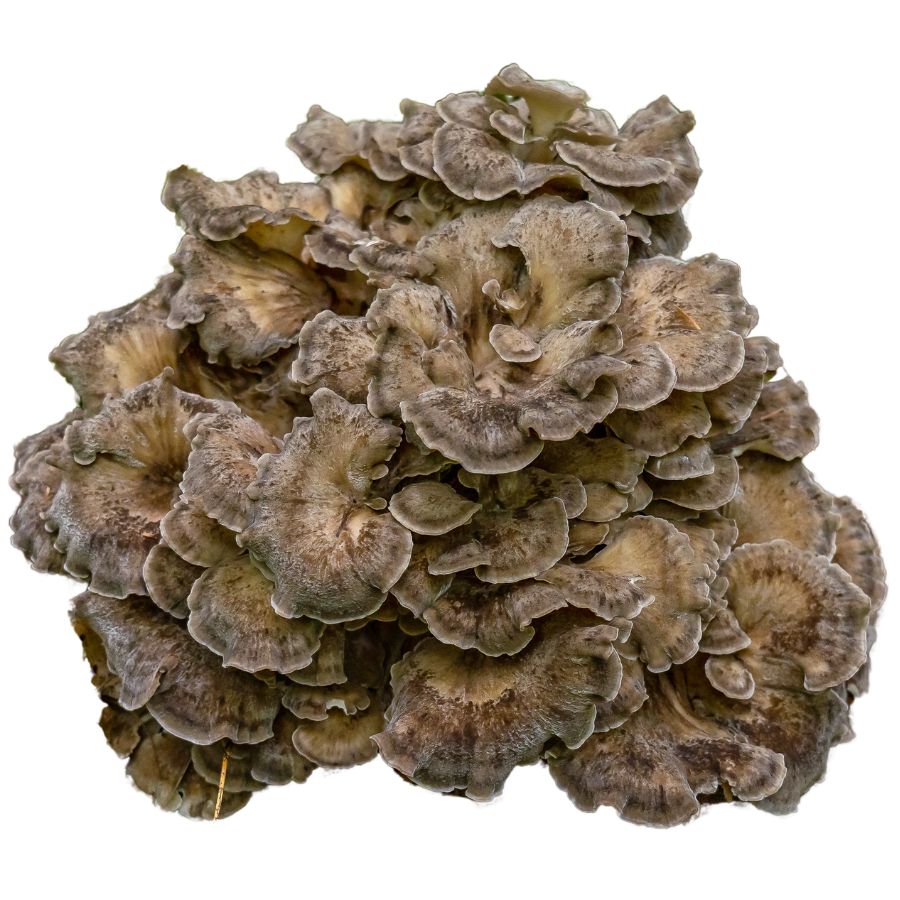
If you’ve ever found a large, leafy-looking mushroom near the base of an oak tree, it might’ve been maitake, also called hen of the woods. The lobes are soft, fan-shaped, and usually grow in a layered cluster that looks like brown petals.
Its flavor is strong and savory, and people often roast or fry it to bring out its concentrated taste. It’s firm when cooked, not spongy, and works well in grain bowls, stews, or simply on its own.
The whole fruiting body is edible, but the base can be fibrous and tough, so most people trim that part away.
While maitake does have a few lookalikes, like the umbrella polypore, most of them are thicker and less delicate in texture.
Fresh wild maitake can fetch high prices at specialty markets, and its shelf life improves dramatically when dehydrated. For those who forage or cook professionally, it’s one of the more valuable mushrooms to find.
Sugar Maple (Acer saccharum)

The sap of sugar maple is what gives you real maple syrup, and that alone makes this tree worth paying attention to. It takes around 40 gallons of sap to make just one gallon of syrup, which explains its high value and why real syrup often sells for $30 to $60 per gallon.
You can also chew on the young leaf stems for a faint sweetness, though they’re not a major food source. The mature leaves are not edible and shouldn’t be eaten.
If you’re looking at the leaves, sugar maple has five lobes with smooth U-shaped sinuses, unlike red maple which has V-shaped notches and a more jagged look. That difference is important, since not all maple species are great sources of syrup or sap.
The sap has a clean, mild sweetness before it’s reduced, and once cooked down, the flavor becomes much richer and more caramel-like. People usually boil it into syrup, but it can also be made into maple sugar or candies.
Where to Find Valuable Forageables in the State
Some parts of the state are better than others when it comes to finding valuable wild plants and mushrooms. Here are the different places where you’re most likely to have luck:
| Plant | Locations |
| Lowbush Blueberry (Vaccinium angustifolium) | – Mount Major Reservation – Hubbard Hill near Pitcher Mountain – Morse Preserve (Alton) |
| Peppermint (Mentha × piperita) | – Pisgah State Park – Pawtuckaway State Park – Conway village roadside ditches |
| Black Trumpet (Craterellus fallax) | – White Mountain National Forest – Monadnock State Park – Squam Lakes Natural Area |
| White Pine (Pinus strobus) | – Hemenway State Forest – White Mountain National Forest – Spruce Hole Conservation Area |
| American Plum (Prunus americana) | – Sunapee–New London Rail Trail – Stonewall Brook Conservation Area – Jericho Mountain State Park |
| Lion’s Mane (Hericium erinaceus) | – White Mountain National Forest – Hemenway State Forest – Shelburne Forest |
| Lamb’s Quarters (Chenopodium album) | – Riverbend Park (Concord) – Manchester Water Works lands – Pembroke conservation fields |
| Beech Nut (Fagus grandifolia) | – White Mountain National Forest – Pisgah State Park – Pawtuckaway State Park |
| Staghorn Sumac (Rhus typhina) | – Great Bay National Wildlife Refuge – Mine Falls Park (Nashua) – Sunapee State Park |
| Jerusalem Artichoke (Helianthus tuberosus) | – Annett Wayside Park – Newfound Lake Conservation Land – Saco River Wildlife Area |
| Wild Strawberry (Fragaria virginiana) | – Monadnock State Park – Lake Winnipesaukee shore trails – Pawtuckaway State Park |
| Black Raspberry (Rubus occidentalis) | – Hopkinton State Park – Sunapee Ridge Trail – Moosewood Wildlife Area |
| Wild Leek (Allium tricoccum) | – Pisgah State Park – White Mountain National Forest – Conway Common Lands |
| Morel (Morchella americana) | – Connecticut River floodplain – Deerfield wooded edges – Merrimack River floodplain |
| Chanterelle (Cantharellus cibarius) | – White Mountain National Forest – Pisgah State Park – Squam Lakes region |
| Ostrich Fern Fiddleheads (Matteuccia struthiopteris) | – Pawtuckaway State Park – Monadnock State Park – Cold River floodplain (WMNF) |
| Maitake (Grifola frondosa) | – White Mountain National Forest – Pisgah State Park – Pawtuckaway State Park |
| Sugar Maple (Acer saccharum) | – White Mountain National Forest – Pawtuckaway State Park – Monadnock State Park |
When to Forage for Maximum Value
Every valuable wild plant or mushroom has its season. Here’s a look at the best times for harvest:
| Plants | Valuable Parts | Best Harvest Season |
| Lowbush Blueberry (Vaccinium angustifolium) | Berries | July–August |
| Peppermint (Mentha × piperita) | Leaves | June–August |
| Black Trumpet (Craterellus fallax) | Fruiting bodies (mushrooms) | July–September |
| White Pine (Pinus strobus) | Needles, inner bark | December–March |
| American Plum (Prunus americana) | Fruits | August |
| Lion’s Mane (Hericium erinaceus) | Fruiting bodies (mushrooms) | September–November |
| Lamb’s Quarters (Chenopodium album) | Leaves, young shoots | May–August |
| Beech Nut (Fagus grandifolia) | Nuts | September–October |
| Staghorn Sumac (Rhus typhina) | Berry clusters (drupes) | August–September |
| Jerusalem Artichoke (Helianthus tuberosus) | Tubers | October–February |
| Wild Strawberry (Fragaria virginiana) | Berries | June |
| Black Raspberry (Rubus occidentalis) | Berries | July |
| Wild Leek (Allium tricoccum) | Leaves, bulbs | April–May |
| Morel (Morchella americana) | Fruiting bodies (mushrooms) | April–May |
| Chanterelle (Cantharellus cibarius) | Fruiting bodies (mushrooms) | June–August |
| Ostrich Fern Fiddleheads (Matteuccia struthiopteris) | Young coiled fronds (fiddleheads) | April–May |
| Maitake (Grifola frondosa) | Fruiting bodies (mushrooms) | September–October |
| Sugar Maple (Acer saccharum) | Sap | March–April |
One Final Disclaimer
The information provided in this article is for general informational and educational purposes only. Foraging for wild plants and mushrooms involves inherent risks. Some wild plants and mushrooms are toxic and can be easily mistaken for edible varieties.
Before ingesting anything, it should be identified with 100% certainty as edible by someone qualified and experienced in mushroom and plant identification, such as a professional mycologist or an expert forager. Misidentification can lead to serious illness or death.
All mushrooms and plants have the potential to cause severe adverse reactions in certain individuals, even death. If you are consuming foraged items, it is crucial to cook them thoroughly and properly and only eat a small portion to test for personal tolerance. Some people may have allergies or sensitivities to specific mushrooms and plants, even if they are considered safe for others.
Foraged items should always be fully cooked with proper instructions to ensure they are safe to eat. Many wild mushrooms and plants contain toxins and compounds that can be harmful if ingested.

